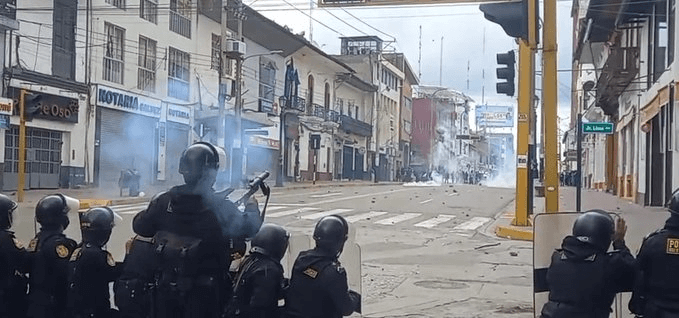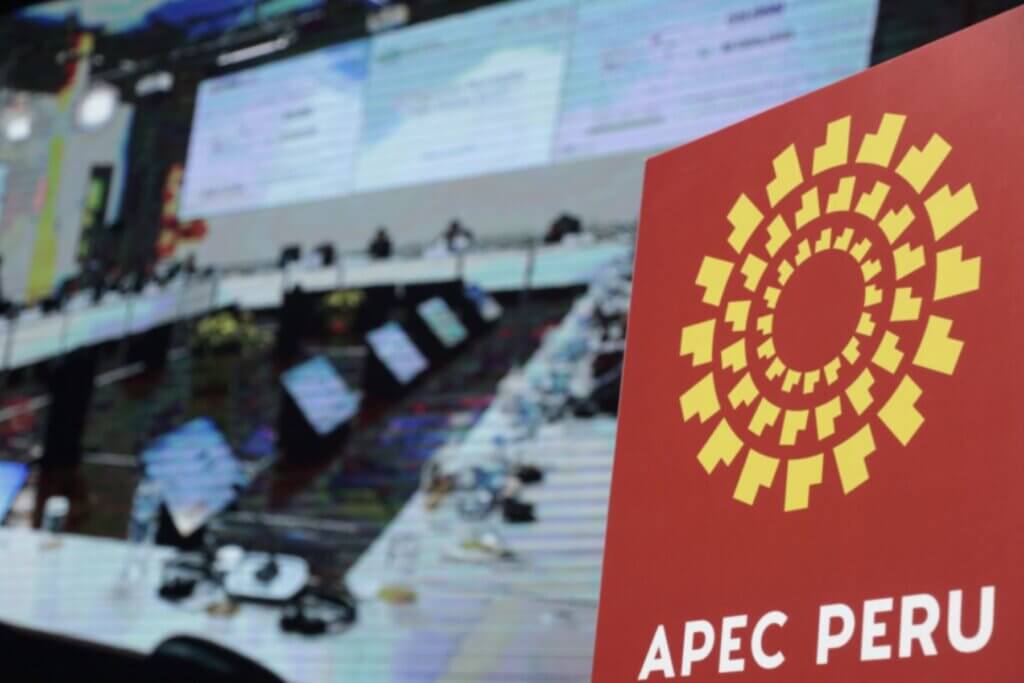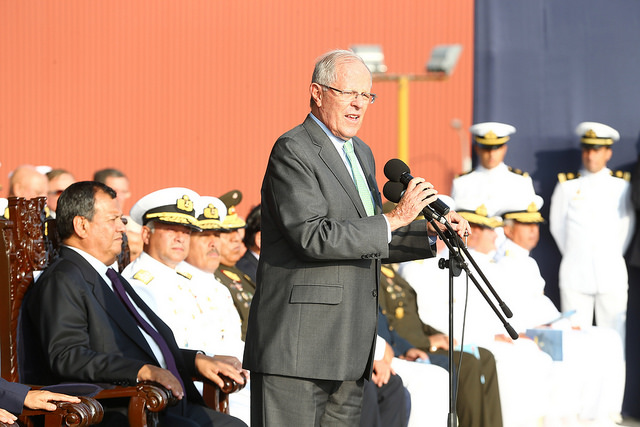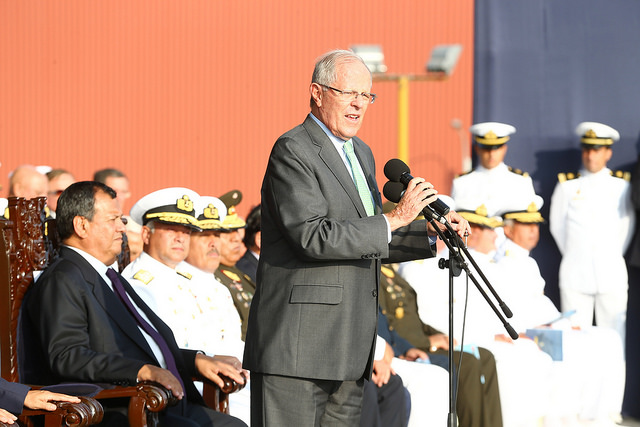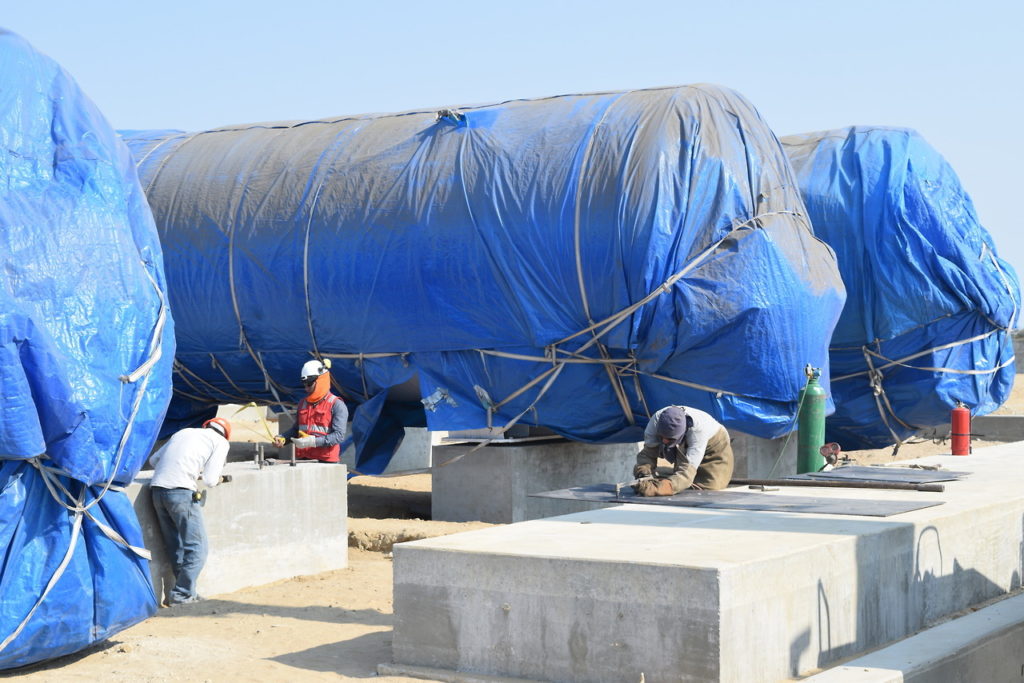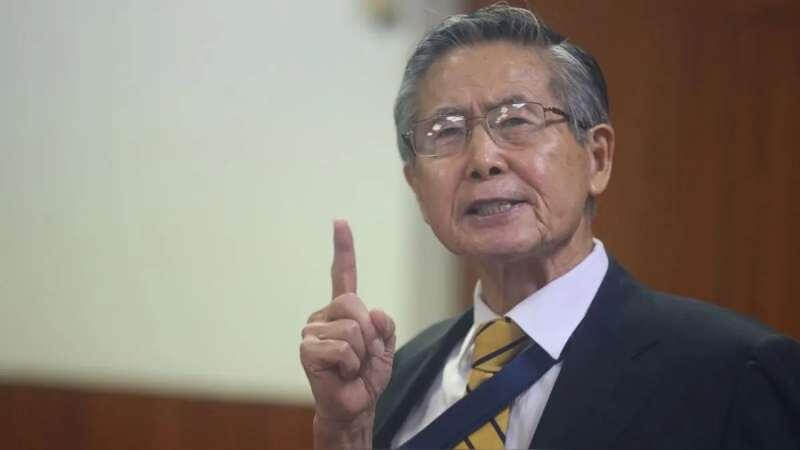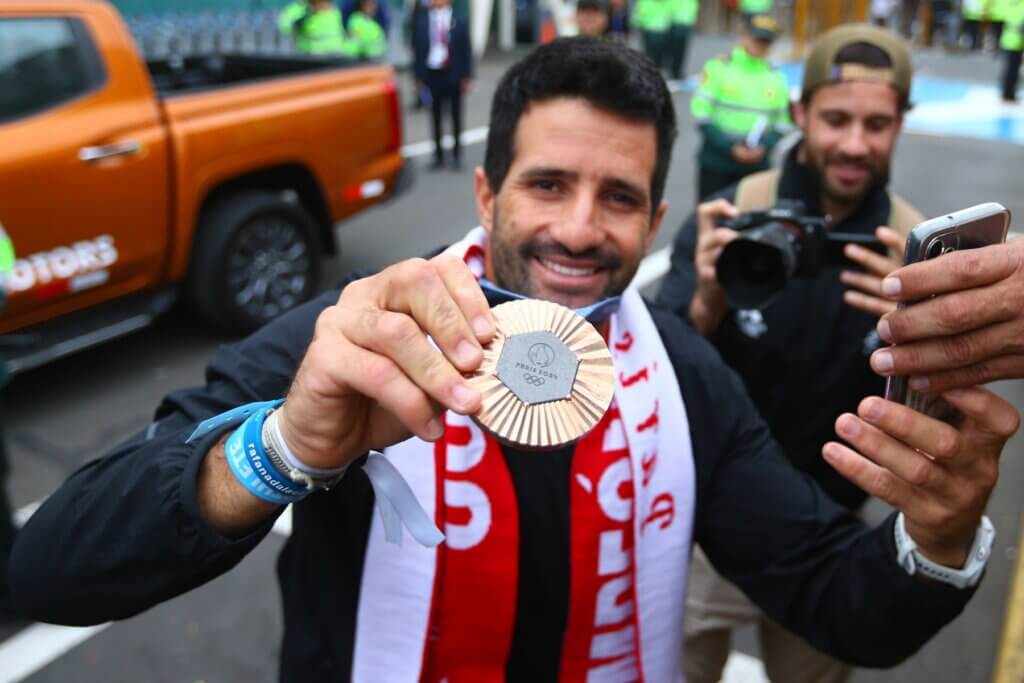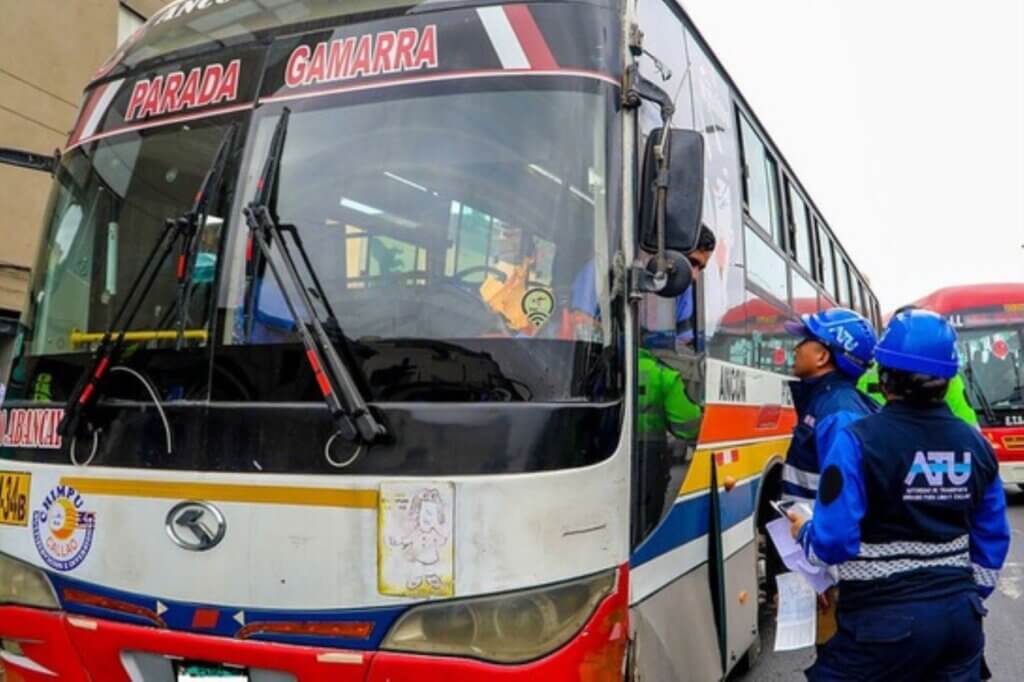Four people have died, including one teenager, after protesters and police clashed this weekend in Huancayo, in central Peru.
The protests took place amid a national truckers’ strike that began on March 28, which was joined by farmers and merchants to protest against the rise in fuel prices and the cost of living.
“The police have managed very carefully to avoid social cost. However, there have been three deaths, but not by the police, but two by traffic accidents and one of a child who fell into the river,” declared the Minister of Interior, Alfonso Chávarry Estrada.
The minister explained that two people died after being run over by a car, a 13-year-old minor fell into the river while trying to flee from the confrontation with the police, and a fourth person died because he was unable to receive his dialysis treatment.
In addition to the deceased, 22 people were arrested, some of them being captured while looting commercial stores in the city of Huancayo, the capital of the Junín region of Peru.
A total of 15 police officers were also injured by the stone throwing, according to officials.
On April 2, a dialogue table was set up at the Wanka Coliseum in Huancayo. There, six government ministers and representatives of the protesters participated in order to resolve the demands.
However, the meeting was temporarily suspended as protests outside got out of control. The situation intensified when one of the government representatives announced that President Pedro Castillo would not travel to Huancayo, as the protesters had hoped.
“What they stated was that they wanted the presence of the President there, but that was not possible, because he was attending to other matters in the San Martín region,” Mr. Chávarry told RPP.
By the end of Sunday the government had reached an agreement with the protesters which led to the unblocking of roads in the area. However, there was another segment of protest leaders who decided not to sign the agreements and left the negotiations.
“It has been agreed to lift the strike for five days until Thursday [April 7], when the meeting of the Council of Ministers will be held here, possibly the President of the Republic will be here,” Minister Chávarry added.
Peruvian Foreign Trade and Tourism Minister, Roberto Sanchez, published on his Twitter the agreements signed by the truckers, in which they also agree to suspend fuel taxes for six months, as well as the temporary elimination of the general sales tax (IGV) in basic products, among others.
This Monday, April 4, despite the first government agreements in Huancayo, other transport unions in the country have announced that they will abide by a general transport strike. This measure has only been followed in some regions.
The regions affected by blockades include Piura, Amazonas, San Martín, Lima, Ica and Ucayali, according to the Superintendency of Land Transportation of People, Cargo and Freight (Sutran), the state agency in charge of transportation.
Demands not yet addressed by the government
Transport unions seek to reach an agreement with the Ministry of Transport and Communications as fuel prices have increased by 37% in 2022, according to Petroperu, the Peruvian state-owned oil and gas company.
The president of the National Association of Freight Carriers (GNTC), Héctor Velásquez, has said that due to this increase in costs, it is no longer enough for them to continue their operations. Heavy cargo carriers also report that, due to high fuel prices, shipping costs have increased.
The truckers have outlined a list of demands including that the government eliminate fuel taxes, control competition from foreign carrier services, and conduct a review of the highway toll contracts, among others.
For now, in response to the increase in oil prices, the administration of Mr. Castillo has stabilized fuel and oil prices, including LPG and diesel. This measure will be in force until April 28.


